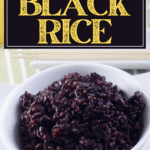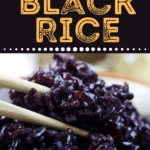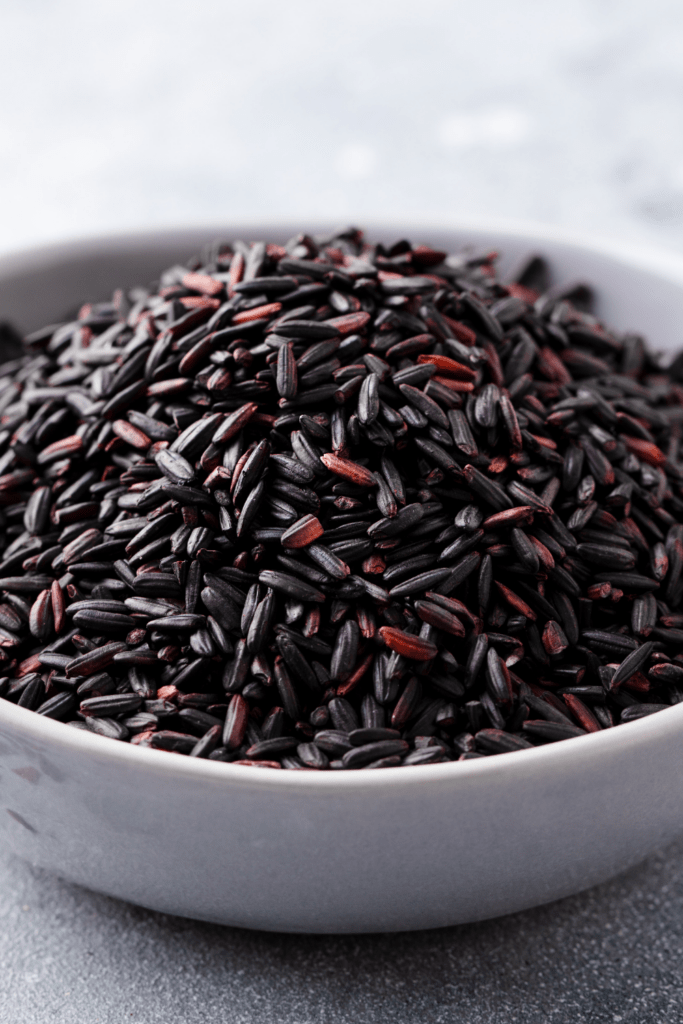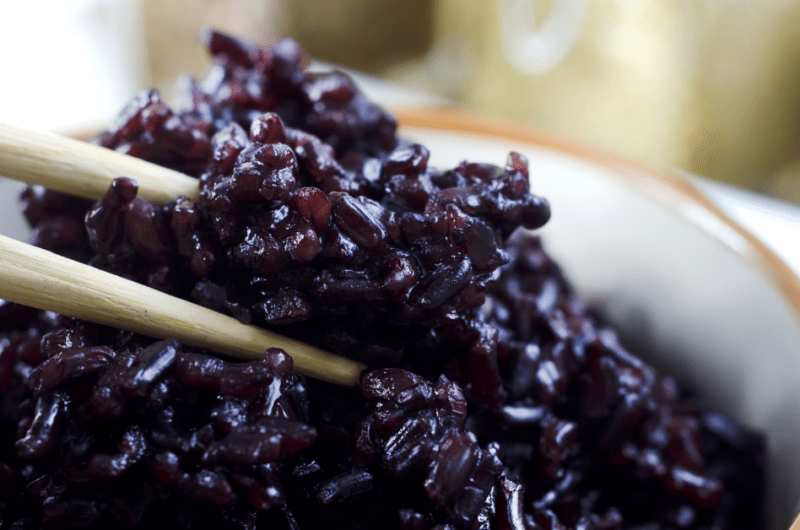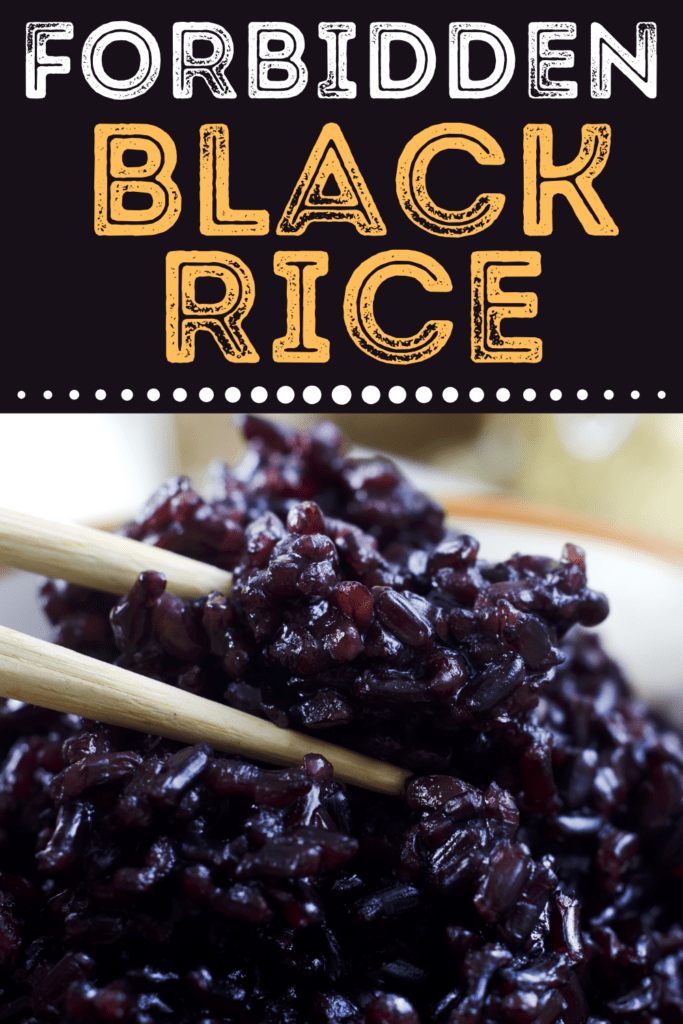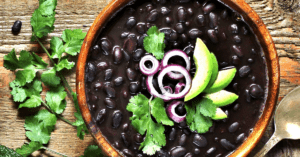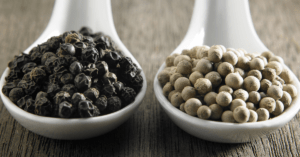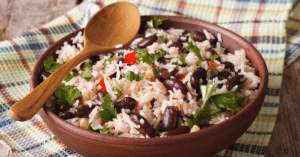Black rice, also known as forbidden or emperor’s rice, is a rice variety grown in Asia. Besides its intriguing color (dark purple once cooked, not black), black rice is also packed with flavor and nutrients. No wonder it’s becoming more and more popular here in the States! Due to its increasing popularity in the Western culture, it is now also being grown in limited amounts in the southern part of the country. If you haven’t caught the black rice bug yet, now is the time! Sweet, nutty, and chewy black rice will change your life.
Forbidden Black Rice Recipe
Black rice is the newest superfood in town. Rich in antioxidants and low in calories, it’s so nutritious that even brown and red rice pales in comparison. It’s every weight watcher’s dream! It’s delicious, to boot. It has a mildly sweet and nutty flavor and a chewy texture. Its attractive purple hue makes it more fun to eat, too. Watch out for the stains, though! With its impressive health benefits and flavor, black rice makes a great alternative to white rice and other grains. Use it as a side dish or an ingredient to salads, bowls, and even dessert. The best part is that it couldn’t be any easier to prepare. There are even different methods to choose from! You can go the usual route and cook it in water, but if you care to make it more interesting, this recipe is a must-try. The pilaf method yields so much more flavor, with only a few extra steps.
Ingredients
Butter. This recipe uses the pilaf method for cooking the rice, which calls for toasting the rice in butter or oil to bring out its flavor. Coconut oil works, too. Onion. For flavor and aroma. Slivered Almonds. Its crunchiness contrasts with the chewiness of the rice wonderfully. Water. To cook the rice in. The rice absorbs the water during cooking, making it tender. Chicken Bouillon. To give the rice more flavor.
Tips for the Best Rice
Rinse the rice well to rid it of starches that cause it to clump.Do not open the lid while the rice is simmering, or steam will escape. If the rice is too mushy, cook it for 5 more minutes with the lid off. If the rice is still firm and the water has evaporated, add 2 to 3 tablespoons of water and cook for an additional 5 minutes.Serve black rice the way you would white, brown, or red rice. It makes a great side dish for chicken, pork, beef, or fish. You can even use it as a base for buddha or veggie bowls or a burrito stuffing.Black rice is naturally sticky, so it’s great for sushi. It’s perfect for puddings and other desserts, too!Seasoning suggestions: grated ginger, garlic, thyme, shallots, fennel, celery, and pepper.Garnish suggestions: chopped scallions, cilantro, and parsley.For extra flavor and texture, add carrots, corn, and peas.The pigment in black rice will stain anything it comes in contact with, from the cookware to the countertop to your shirt. Stick to glass or metal cookware and wipe the countertop right away. Do not use enamel cookware at any cost.Store leftover black rice in an airtight container and in the fridge for up to 4 to 6 days. Reheat in the microwave for 1 to 2 minutes.Freeze black rice for up to 6 months in an air-tight container. Thaw at the countertop and reheat in the microwave.
How Did Black Rice Get Its Name?
In Ancient China, during the Ming and Ching dynasties, the common folk was prohibited from growing or eating black rice. Owing to its array of medicinal properties, nutritional benefits, and sheer rarity, it was supplied only to the royal family. Over time, the regulation was eradicated, allowing black rice to be grown commercially. Eventually, neighboring Asian countries such as Thailand, India, and Indonesia started cultivating the healthful grain.
Is Black Rice Different From Wild Rice?
There is a common misconception that black rice and wild rice are synonymous, which is why it’s important to differentiate the two. Black rice is a short-grain rice variety originally cultivated in China. Its dark hue is caused by a high anthocyanin content, the same antioxidant that makes eggplant, blueberries, and grapes purple. Black rice is mildly sweet and creamy with a nutty texture, making it a tastier alternative to white or brown rice. Ground black rice can also be used to coat deep-fried meat and vegetables, or as an ingredient to make noodles, cakes, and bread. Wild rice, on the other hand, is not a type of rice at all. It’s a member of a semi-aquatic grass family. It’s native to North America and grows on isolated lakes and river beds. Just like black rice, wild rice also has a nutty and chewy texture, hence the confusion. They look similar, but wild rice grains are longer. It’s best used as an ingredient in salads.
Click on a star to rate it!
Average rating 5 / 5. Vote count: 4 No votes so far! Be the first to rate this post.
Share on social media: Let us improve this post!
